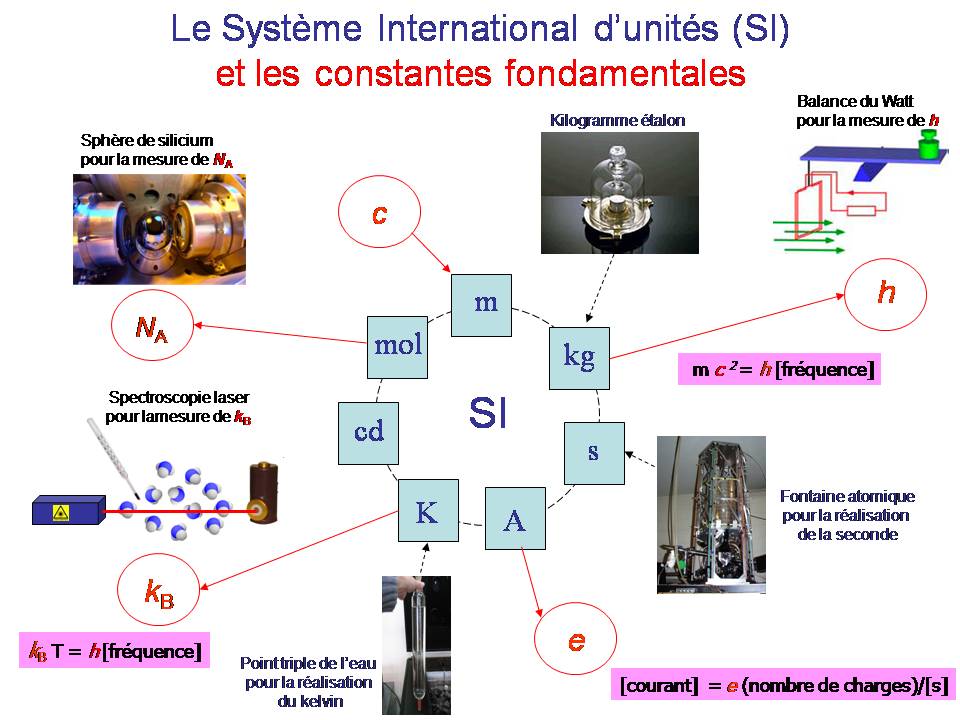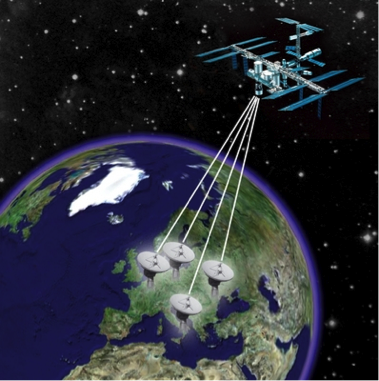Fundamental physics
Variation of fundamental constants
The comparison between clocks using different quantic systems and based on different fundamental constants could enable to detect possible variations in time and space of universal constants of physics, such as the electron-to-proton mass ratio. The observation of such a variation of constants constitutes a violation of the standard model and would give information and constraints on models beyond the standard model.
Redefining the International System of Units
The progress in instrumentation were so significant in the last past years that a re-definition of a large fraction of units (mass and temperature, for instance) is envisaged by a direct connection to the time-frequency unit by fixing a few physical constants as it was the case with the unit of length in 1983 when the value of the speed of light was fixed.

Tests of the fundamental laws of the universe
The comparison between space and ground clocks as required by the PHARAO-ACES project, whose launch is scheduled for 2016, will improve by several orders of magnitude the precision of the tests of general relativity. By connecting ground clocks, fiber-optic links will enable to apply the triangulation technic that will "lock" the precision in the comparison between ground and space clocks.

International Space Station to host European Space Agency's Atomic Clock Ensemble in Space. Credit: ESA



